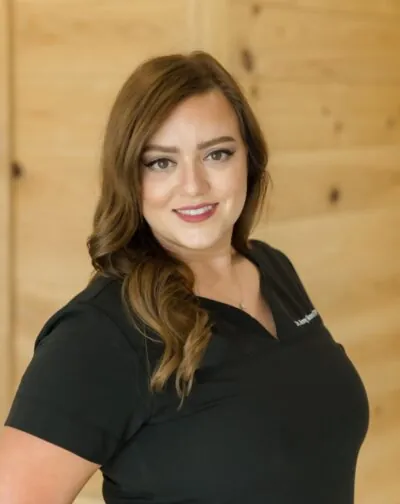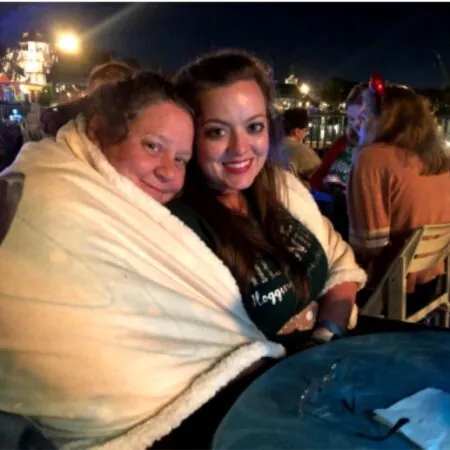
As a physical therapist with five years of experience, I watched helplessly as my mother’s health slowly deteriorated before my eyes. In her early 50s, she had been complaining for years of persistent “rocking sensations.” At first, it seemed benign, something easily dismissed. But over time, her complaints grew more frequent and concerning. During a visit home, I noticed she could not stand or walk without holding on to furniture for support. As a PT, I knew this was a red flag—these were the same compensations I see in patients at risk for falls.
When I asked about her balance, she looked at me and said, “It’s this rocking. It’s violent, and it’s constant. I feel like I’m being thrashed around on a boat whether I’m lying down, sitting, or walking. If I let go, I’ll fall.” To my horror, she then admitted that she had fallen, more than once, in the past month. She was only 58.
That was the turning point. I realized that if nothing changed, I would soon be pushing my mother in a wheelchair. She had already seen several doctors, most of whom dismissed her symptoms as recurring ear infections. One prescribed her Valium, which offered only minimal relief. But no one truly addressed the unrelenting rocking or investigated its cause.
I knew then that I had to take matters into my own hands. I accepted a position as the head of a new vestibular clinic in my hometown of Baton Rouge despite having no prior vestibular training beyond the basics I learned in PT school. In Baton Rouge, there were only two other clinics with vestibular-trained PTs, so the need was urgent. The clinic was launched by a group of ENTs to create the most advanced balance center in the city. They offered to train me, and I committed to building the program from the ground up.

It took 45 hours of post-graduate coursework, three certification exams, and a solid year of hands-on experience before I began to fully understand the delicate complexities of the vestibular system and just how debilitating these disorders can be. Once the clinic was running and another therapist was fully trained under my guidance, we welcomed my mother as a patient. After five months of consistent therapy, she regained her independence. Today, she walks confidently and manages her symptoms better than ever before.
After three years leading that vestibular center and serving a growing number of patients, I leaped to start my own private vestibular practice. I wanted to provide deeply individualized care, designed especially for those who were too dizzy, off-balance, or immobile to travel to a therapy clinic. I began offering in-home visits and telehealth services for patients across the U.S., wherever I could get licensed.

Around that time, I also started a TikTok account to share educational content about vestibular disorders, mostly to help my own patients. To my surprise, those videos resonated widely. My audience grew to over 150,000 followers across four platforms, with millions of views from people around the world desperately seeking answers and support. The demand was clear.
Two years ago, I was asked to become an ambassador for the Vestibular Disorders Association (VeDA), an organization I’ve long recommended to my patients. Since joining VeDA’s ambassador program, I’ve taken part in their new social media committee, I’ve helped with building their social media platforms, contributed to fundraising efforts, produced content (including their monthly Myth-Busters series), and spoken at events like the Life Rebalanced Live Conference in March 2025.
Now, with my platform and reach continuing to grow through programs like VeDA’s Ambassador program, I’ve been able to launch a Vestibular Health Coaching service, which is distinct from physical therapy, to guide and educate clients outside of my licensed jurisdictions, in order to expand my reach to even more vestibular disorder sufferers.
Now, with 11 years as a PT, six of them dedicated solely to vestibular care, I’ve found my true calling. Through my clinical work, coaching, volunteerism, and online education, I’ve been able to reach and support thousands of people living with vestibular disorders.
